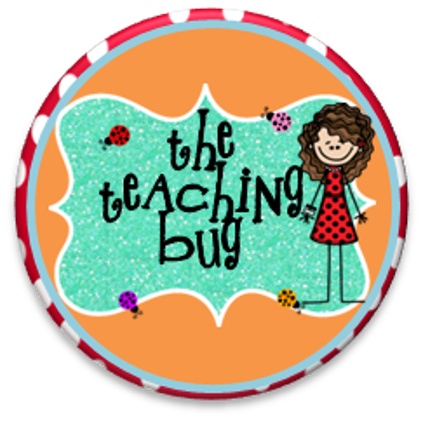YAY! Summer is here! I am so ready to lounge around poolside and soak up some sunshine. How about you ? I wanted to pop in and share with ya'll some of the end of the year awards that I love to give out to my kiddos at the end of the year. These turned out beyond adorable and my students loved them.
So cute and the kids loved that their award was shown from the stage. The parents loved receiving them because of the bright colors and it was a memory they could hold onto and treasure.
Each one of these awards perfectly described my students and they loved the colorful awards they received. O.k. before you think it will take all of that ink...really it doesn't. I print them out over the last few parts of the year and I also use the HP printer Envy 4520 a real ink saver.
Each one of these awards are printed out on cardstock...you could laminate if you wanted. Grab those classroom volunteers and let them cut them out for you. I always have one parent or two that are willing to help. The best things about these awards are they are completely editable and I can use any font I want.
So cute and the kids loved that their award was shown from the stage. The parents loved receiving them because of the bright colors and it was a memory they could hold onto and treasure.
O.k. time to hop back into that pool and make plans for next year. Happy Summer ya'll.














































